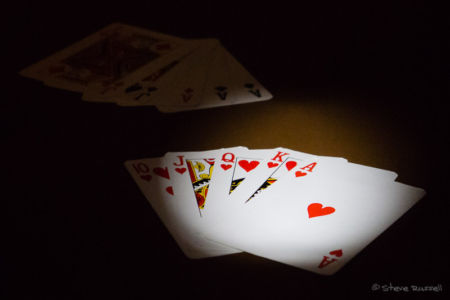Archived course
This course comprises five half-day sessions.
Summary
This course offers a way to discover how to get better pictures from your digital camera based on practical picture-taking to complete mini-projects. It is intended for those who have advanced cameras but who haven’t yet ventured away from the automatic modes. To get the most from this course, you will need a camera that has shutter-priority, aperture-priority and manual modes – you should be able to find these in your user guide’s index or contents. A simple “point and shoot” camera will not give you enough control.
My other course, “Getting the most from your digital camera” will teach your more about your camera but is more classroom-based. Should you select this course instead, you’ll get more practical exercises to develop your skills, based around personal projects.
Please read the course details for important additional information.
Details
In the tutor’s experience, setting oneself a personal project is an outstanding way to get to know your camera better. There are various types of project that can be undertaken and some

suggestions will be discussed, with the goal that you can take this approach away with you and use it to continue your learning long after summer school is over.
For your time at summer school, however, the primary goal of this course is to provide a solid understanding and practical experience of controlling the exposure settings of your camera without delving too deeply into technicalities. Each day, the tutor will explain some basic principles and then set a mini-project for students to complete by taking photographs around the school and environs to match the project’s brief. If there’s time, you’ll be able to review your pictures on a computer screen to evaluate what you’ve learned. By the end of the course, you will have had lots of practice in using the more advanced modes of your camera to improve your pictures.
We will also cover other areas of your camera’s operation, largely driven by the needs of the class. So, if you have any burning questions or topics you’d like to be addressed, we may well be able to provide answers as the course progresses.
Equipment to bring
Students should bring along their own digital camera, complete with the associated battery charger (and a spare battery, if you have one) and the cable for connecting the camera to a computer. Make sure you have a fully-charged battery and a plenty of space on your memory card – ideally there should be no pictures on it at the start of the course.
It would useful to have your camera’s full user manual available (either printed or in electronic format) in case we need to refer to it, but this is not essential. A printed “Getting started” guide is usually provided with your camera, while the full manual is often provided as an electronic document on the disk supplied with your camera.